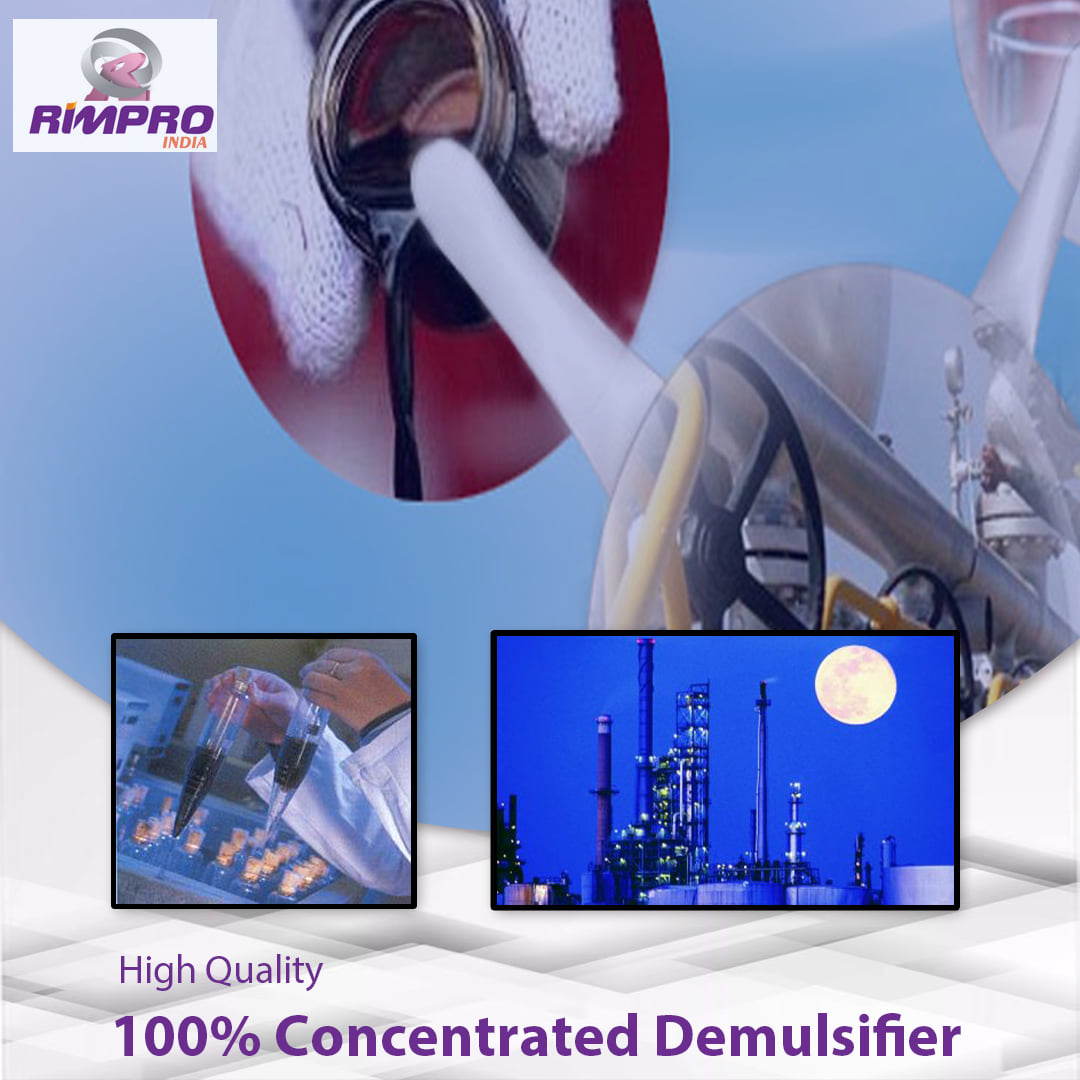 Menu
Menu
Choosing the Right Demulsifier Formulation
Commercial demulsifier formulations generally contain two to four different chemistries, as well as a carrier solvent. The chemistries used in demulsifier formulations are listed below. Here's an overview of how to choose the right demulsifier for your application.
What is RSN Test Method for Demulsifier?
The relative solubility number (RSN) is a commonly used parameter to characterize demulsifiers. The test is carried out by dissolving the demulsifier in an organic solvent and then titrating the solution with water. The change in the solution is the water volume required to produce persistent turbidity. Higher RSN values indicate more hydrophilic demulsifiers. Typically, commercial demulsifiers have an RSN value of five to twenty-five.
What is a Demulsifier Chemical Composition?
The chemical composition of demulsifiers is largely organic and their main use is to destabilize emulsions and separate oil and water phases. Both surfactants and demulsifiers act by dissolving the natural emulsifiers present in the mixtures. Consequently, they weaken the film surrounding the droplets and facilitate the separation of oil and water. They can be distinguished from each other by their hydrophile-lipophile balance.
What is Interfacial Tension?
The interfacial tension between crude oil and brine was measured at different pH values and demulsifier doses. Demulsifiers significantly increase dynamic viscosity and yield values when used at a high pH. The demulsifiers are effective in resolving emulsions.

How to Know the Efficiency of Demulsifier?
The selection of a demulsifier for an oil production facility is based on bottle testing and field trials. The bottle test has limitations but is often a useful method for evaluating demulsifier performance. The field trials involve analyzing the data collected in the bottle test to determine the sequence of dosages. The formula is calculated using mathematical equations to determine the optimum demulsifier dosage.
What is the Cost of Demulsifier?
Depending on the production facility, the exact cost of a demulsifier formula can vary from one application to another. A cost-effective demulsifier formulation is dependent on the amount of water it can remove and the efficiency of its water separation. A well-calibrated flowmeter can determine the dosage needed to achieve desired results. Costs can also be reduced by selecting the right demulsifier for your application.
Different Types of Demulsifier
Various types of demulsifiers are available, including locally formulated products and commercially available chemicals. Their concentration varies, and the choice depends on various factors. The dosage of demulsifiers can vary from a few ppm up to a hundred ppm, depending on total production rates. Higher rates are required for secondary or tertiary oil recovery. The most common way to use demulsifiers is to use a static mixer, a system consisting of staggered vanes that use the velocity of the fluid to achieve mixing.
The Bottom Line
All the above faqs about demulsifiers, help you get a better understanding about these formulations and their uses. And, when preparing new formulations, it is important to consider the time required to break the emulsion. Some formulations can be created with surfactants. The surfactants used in these formulations need to be tested for their ability to separate emulsions and produce stable dispersions in water.
